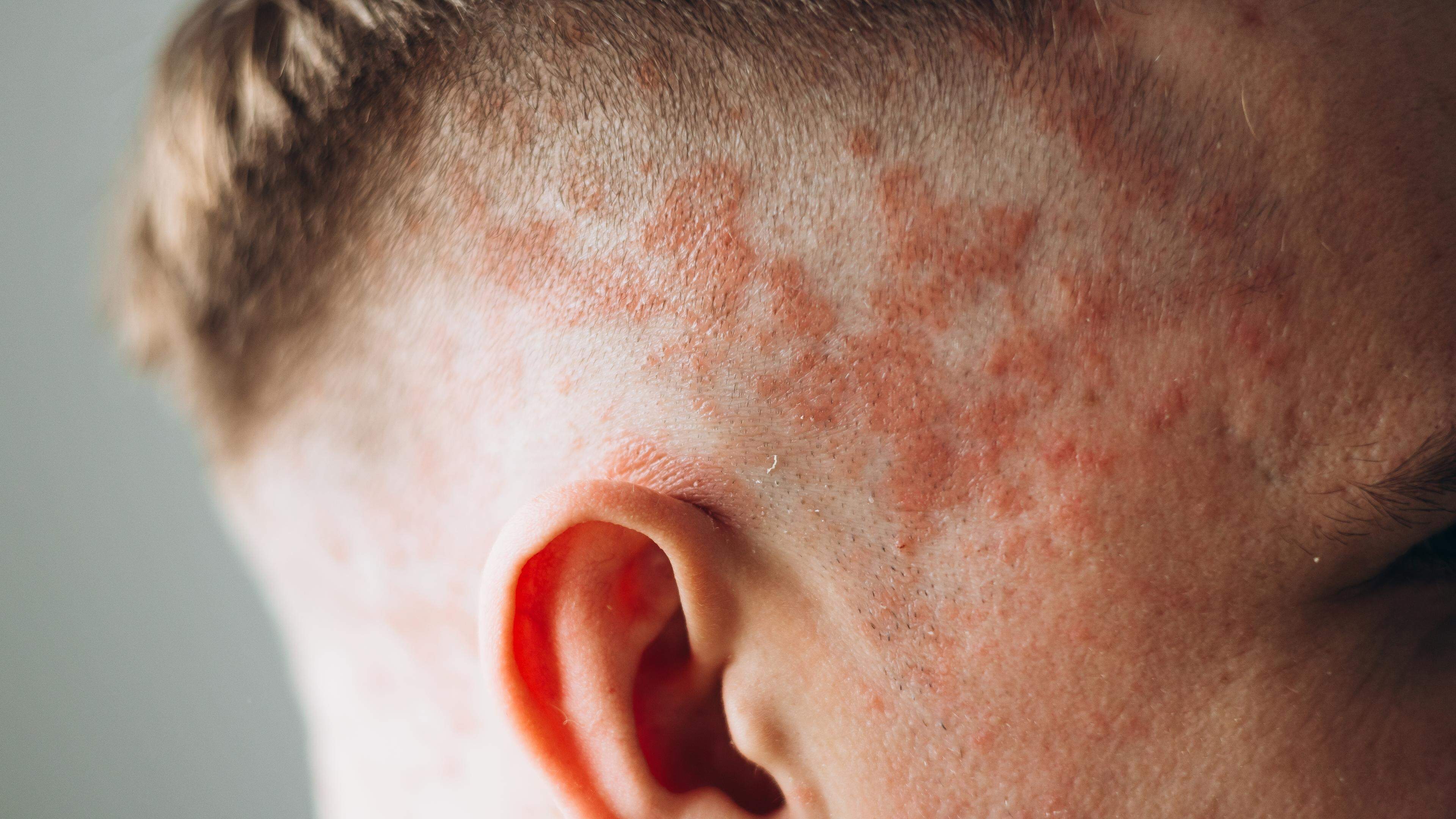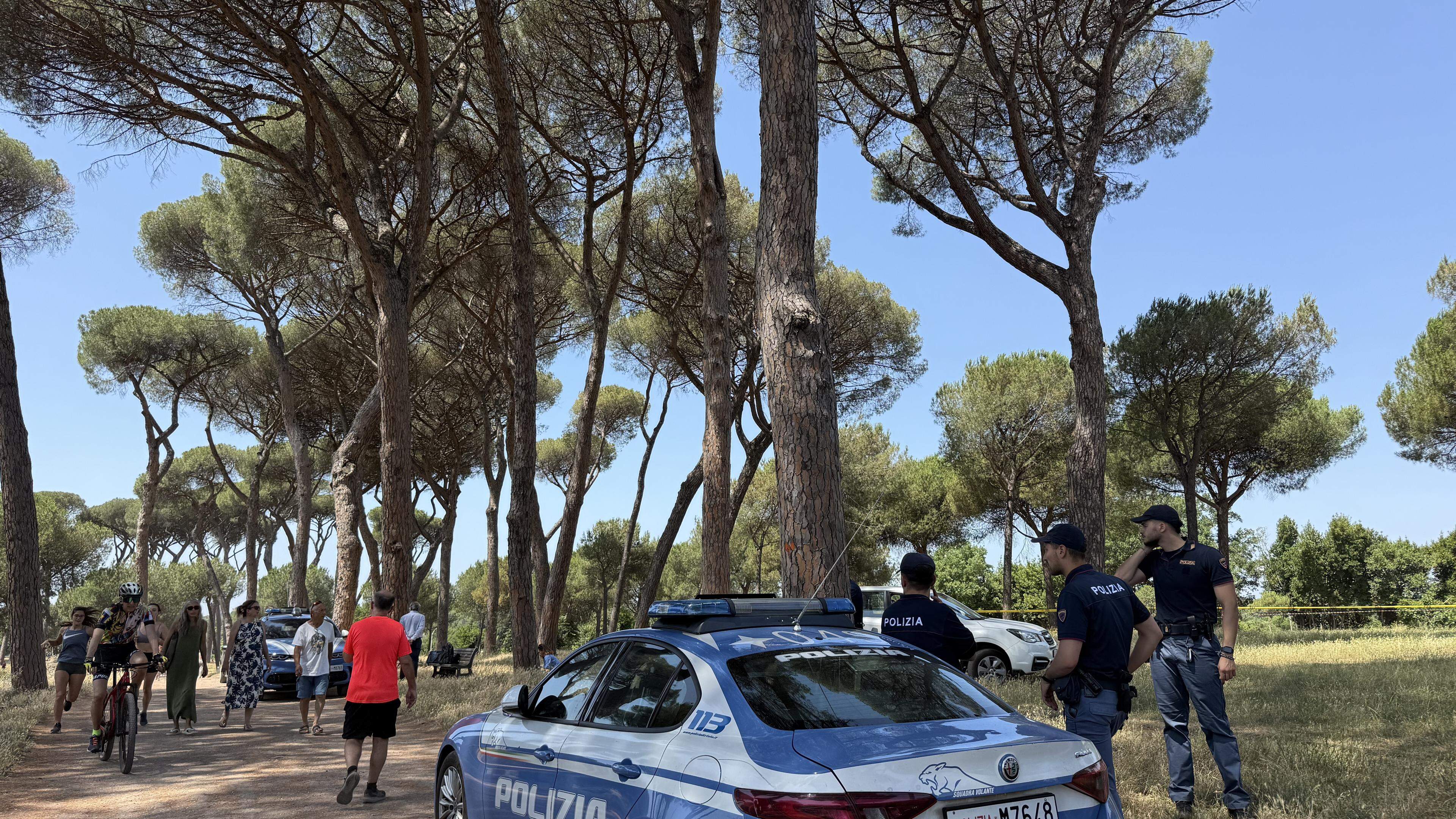Skin, nails, joints – how psoriasis attacks the entire body

First on the forehead, then on the elbows. A sunburn? Stress? Most of the people affected by psoriasis do not pay much attention to the change in their skin. But when the places increase, get scaly, ignite and pain, dermatologists are required.
The diagnosis of psoriasis vulgaris-a chronic inflammatory skin disease, better known as psoriasis, is estimated that around a hundred people in the total population are valued. In contrast to neurodermatitis, the scales in psoriasis are silvery and thick, while with neurodermatitis there are severe itching and dry, cracked skin. A clear medical distinction is essential for targeted therapy.
Psoriasis is not a mere skin disease. It is an autoimmune disease in which the immune system overreact and triggers inflammation in the body. The disease can occur in any age, but it is particularly common for the first time between the ages of 15 and 25. This so-called type i-psoriasis mainly affects young adults and is often genetic-i.e. family.
A second disease summit is between the ages of 50 and 60, known as type II psoriasis, which is usually milder and is less common. Children can already be affected, especially after infections such as tonsillitis. The time of occurrence often affects severity and the course of the disease.
Skin, nails, joints – the body as a target area
Inflamed, scaly places on the elbows, knees, the scalp or back are typical of psoriasis. But the nails can also change – with small dimples or even complete loss. The herd can also form on the face, under the armpits, on the palms and soles of the feet – painful and itchy.
In psoriasis arthritis, which affects around 20 percent of the sick, tendon approaches and joints ignite-especially often on the feet or the spine. This pain is not always immediately recognizable and are easily confused with other diseases.
Why me? The search for the causes
Psoriasis arises from an interaction of genetics and triggering. If someone has relatives with psoriasis, the risk is increased. But that alone is not enough – stress, infections (such as tonsillitis or periodontitis), certain medication or even vaccinations can trigger a thrust.
A particularly crucial risk factor is obesity. A high body mass index doubles the risk. Smoking is also considered a dangerous amplifier because it promotes inflammation and contains the immune system. Which is often underestimated: the psychological stress.
Visible herds – for example on the face, on the hands or in the genital area – often lead to stigmatization and social withdrawal. Partnership, sexuality, professional life – many areas of life are affected. It is not uncommon for depression or fears to arise.
Pickel myths exposes: what really helps with acne
Therapy: an individual way to improve
A healing? So far there is no. But modern therapies offer many ways to keep the disease in chess. It is crucial to coordinate the treatment for the severity and the life situation of the patient. Light forms are usually treated externally-with corticoids (anti-inflammatory creams) or vitamin D preparations.
In the event of moderate to severe courses, tablets or syringes are used that specifically block certain messenger substances. A therapeutic approach is pro-active treatment: If a stove has healed, the drug is applied again every week-to prevent new slopes.
Psoriasis is more than a skin problem – it affects body, soul and everyday life. But with knowledge, commitment and the right therapies, quality of life can be regained.
Newsletter: healthy life
Every Thursday you will find information and tips for a healthy life in this newsletter.
You can unsubscribe at any time if you want that. You can find more information in our Data protection guideline.








